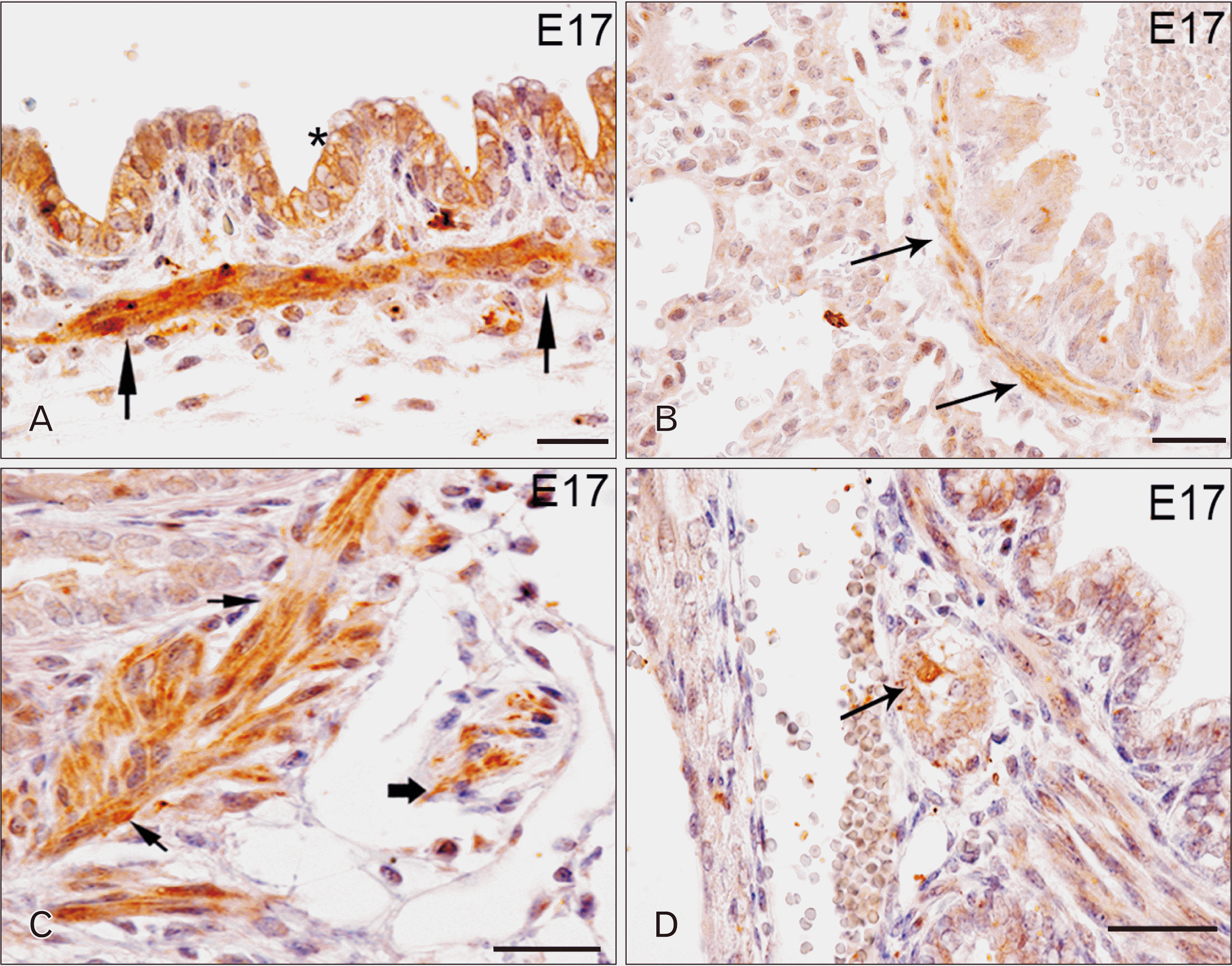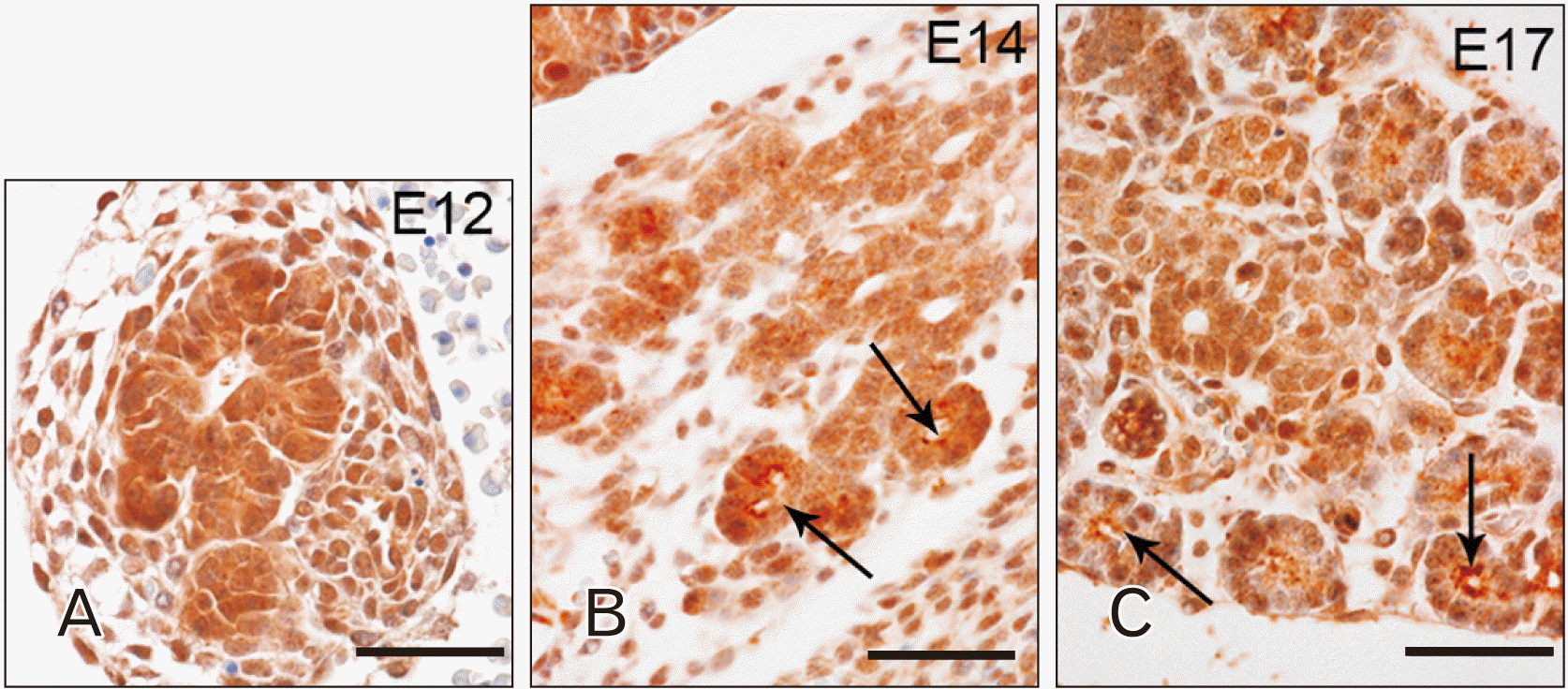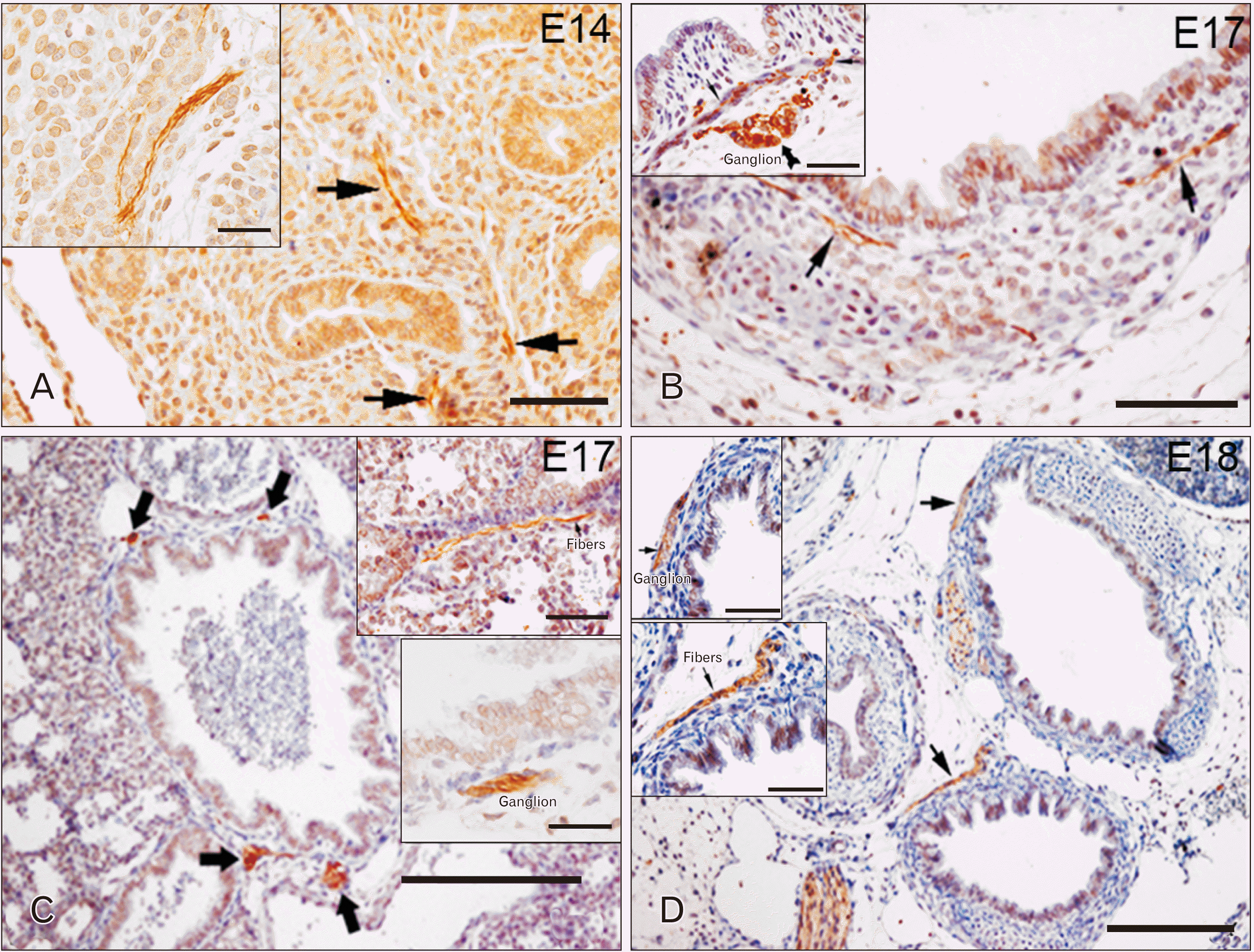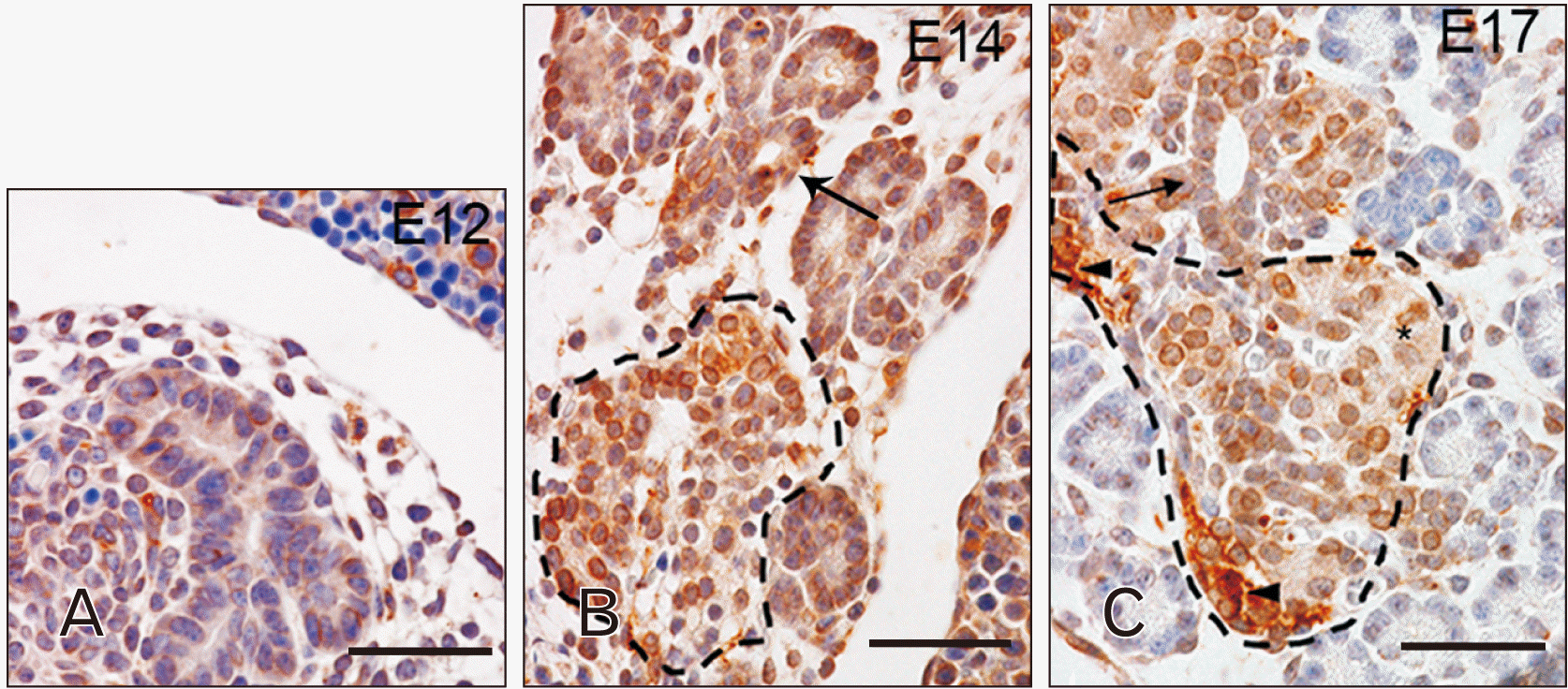1. Vijay K. 2018; Toll-like receptors in immunity and inflammatory diseases: past, present, and future. Int Immunopharmacol. 59:391–412. Erratum in: Int Immunopharmacol 2018;62:338. DOI:
10.1016/j.intimp.2018.06.044. PMID:
30089605. PMCID:
PMC8445284.

3. Parker LC, Prince LR, Sabroe I. 2007; Translational mini-review series on Toll-like receptors: networks regulated by Toll-like receptors mediate innate and adaptive immunity. Clin Exp Immunol. 147:199–207. DOI:
10.1111/j.1365-2249.2006.03203.x. PMID:
17223959. PMCID:
PMC1810480.

6. Ciesielska A, Matyjek M, Kwiatkowska K. 2021; TLR4 and CD14 trafficking and its influence on LPS-induced pro-inflammatory signaling. Cell Mol Life Sci. 78:1233–61. DOI:
10.1007/s00018-020-03656-y. PMID:
33057840. PMCID:
PMC7904555.

7. Tojo S, Zhang Z, Matsui H, Tahara M, Ikeguchi M, Kochi M, Kamada M, Shigematsu H, Tsutsumi A, Adachi N, Shibata T, Yamamoto M, Kikkawa M, Senda T, Isobe Y, Ohto U, Shimizu T. 2020; Structural analysis reveals TLR7 dynamics underlying antagonism. Nat Commun. 11:5204. DOI:
10.1038/s41467-020-19025-z. PMID:
33060576. PMCID:
PMC7562955. PMID:
be81925ea7f144b39dd225d5ffceb7a8.

8. Anthoney N, Foldi I, Hidalgo A. 2018; Toll and Toll-like receptor signalling in development. Development. 145:dev156018. DOI:
10.1242/dev.156018. PMID:
29695493.

10. Kannaki TR, Reddy MR, Verma PC, Shanmugam M. 2015; Differential Toll-like receptor (TLR) mRNA expression patterns during chicken embryological development. Anim Biotechnol. 26:130–5. DOI:
10.1080/10495398.2014.939658. PMID:
25380465.

11. Awasthi S, Cropper J, Brown KM. 2008; Developmental expression of Toll-like receptors-2 and -4 in preterm baboon lung. Dev Comp Immunol. 32:1088–98. DOI:
10.1016/j.dci.2008.02.005. PMID:
18377992.

13. Meyerholz DK, Kawashima K, Gallup JM, Grubor B, Ackermann MR. 2006; Expression of select immune genes (surfactant proteins A and D, sheep beta defensin 1, and toll-like receptor 4) by respiratory epithelia is developmentally regulated in the preterm neonatal lamb. Dev Comp Immunol. 30:1060–9. DOI:
10.1016/j.dci.2006.01.001. PMID:
16510184. PMCID:
PMC2791064.

14. Arnaboldi F, Sommariva M, Opizzi E, Rasile M, Camelliti S, Busnelli M, Menegola E, Di Renzo F, Menon A, Barajon I. 2020; Expression of Toll-like receptors 4 and 7 in murine peripheral nervous system development. Ann Anat. 231:151526. DOI:
10.1016/j.aanat.2020.151526. PMID:
32380196.

18. Barajon I, Serrao G, Arnaboldi F, Opizzi E, Ripamonti G, Balsari A, Rumio C. 2009; Toll-like receptors 3, 4, and 7 are expressed in the enteric nervous system and dorsal root ganglia. J Histochem Cytochem. 57:1013–23. DOI:
10.1369/jhc.2009.953539. PMID:
19546475. PMCID:
PMC2762881.

19. Arnaboldi F, Menon A, Menegola E, Di Renzo F, Mirandola L, Grizzi F, Figueroa JA, Cobos E, Jenkins M, Barajon I, Chiriva-Internati M. 2014; Sperm protein 17 is an oncofetal antigen: a lesson from a murine model. Int Rev Immunol. 33:367–74. DOI:
10.3109/08830185.2014.911856. PMID:
24811209.
20. Busnelli M, Manzini S, Bonacina F, Soldati S, Barbieri SS, Amadio P, Sandrini L, Arnaboldi F, Donetti E, Laaksonen R, Paltrinieri S, Scanziani E, Chiesa G. 2020; Fenretinide treatment accelerates atherosclerosis development in apoE-deficient mice in spite of beneficial metabolic effects. Br J Pharmacol. 177:328–45. DOI:
10.1111/bph.14869. PMID:
31621898. PMCID:
PMC6989955.

22. McGettrick AF, O'Neill LA. 2007; Toll-like receptors: key activators of leucocytes and regulator of haematopoiesis. Br J Haematol. 139:185–93. DOI:
10.1111/j.1365-2141.2007.06802.x. PMID:
17897294.

23. Sioud M, Fløisand Y, Forfang L, Lund-Johansen F. 2006; Signaling through toll-like receptor 7/8 induces the differentiation of human bone marrow CD34+ progenitor cells along the myeloid lineage. J Mol Biol. 364:945–54. DOI:
10.1016/j.jmb.2006.09.054. PMID:
17049554.

27. Lisboa RA, Andrade MV, Cunha-Melo JR. 2013; Toll-like receptor activation and mechanical force stimulation promote the secretion of matrix metalloproteinases 1, 3 and 10 of human periodontal fibroblasts via p38, JNK and NF-kB. Arch Oral Biol. 58:731–9. DOI:
10.1016/j.archoralbio.2012.12.009. PMID:
23332208.

28. Li H, Xu H, Liu S. 2011; Toll-like receptors 4 induces expression of matrix metalloproteinase-9 in human aortic smooth muscle cells. Mol Biol Rep. 38:1419–23. DOI:
10.1007/s11033-010-0246-4. PMID:
20725790.

29. Song GG, Kim JH, Lee YH. 2013; Toll-like receptor (TLR) and matrix metalloproteinase (MMP) polymorphisms and periodontitis susceptibility: a meta-analysis. Mol Biol Rep. 40:5129–41. DOI:
10.1007/s11033-013-2616-1. PMID:
23653009.

31. Kim SK, Hebrok M. 2001; Intercellular signals regulating pancreas development and function. Genes Dev. 15:111–27. DOI:
10.1101/gad.859401. PMID:
11157769.

32. Condon JC, Jeyasuria P, Faust JM, Mendelson CR. 2004; Surfactant protein secreted by the maturing mouse fetal lung acts as a hormone that signals the initiation of parturition. Proc Natl Acad Sci U S A. 101:4978–83. DOI:
10.1073/pnas.0401124101. PMID:
15044702. PMCID:
PMC387359.

33. Guillot L, Balloy V, McCormack FX, Golenbock DT, Chignard M, Si-Tahar M. 2002; Cutting edge: the immunostimulatory activity of the lung surfactant protein-A involves Toll-like receptor 4. J Immunol. 168:5989–92. DOI:
10.4049/jimmunol.168.12.5989. PMID:
12055204.

35. Leulier F, Lemaitre B. 2008; Toll-like receptors--taking an evolutionary approach. Nat Rev Genet. 9:165–78. DOI:
10.1038/nrg2303. PMID:
18227810.
36. Rose D, Chiba A. 1999; A single growth cone is capable of integrating simultaneously presented and functionally distinct molecular cues during target recognition. J Neurosci. 19:4899–906. DOI:
10.1523/JNEUROSCI.19-12-04899.1999. PMID:
10366624. PMCID:
PMC6782657.

37. Rose D, Zhu X, Kose H, Hoang B, Cho J, Chiba A. 1997; Toll, a muscle cell surface molecule, locally inhibits synaptic initiation of the RP3 motoneuron growth cone in Drosophila. Development. 124:1561–71. DOI:
10.1242/dev.124.8.1561. PMID:
9108372.
38. Ritzenthaler S, Suzuki E, Chiba A. 2000; Postsynaptic filopodia in muscle cells interact with innervating motoneuron axons. Nat Neurosci. 3:1012–7. DOI:
10.1038/79833. PMID:
11017174.

41. Hung YF, Chen CY, Shih YC, Liu HY, Huang CM, Hsueh YP. 2018; Endosomal TLR3, TLR7, and TLR8 control neuronal morphology through different transcriptional programs. J Cell Biol. 217:2727–42. DOI:
10.1083/jcb.201712113. PMID:
29777026. PMCID:
PMC6080926.

42. Borghi E, Massa V, Severgnini M, Fazio G, Avagliano L, Menegola E, Bulfamante GP, Morace G, Borgo F. 2019; Antenatal microbial colonization of mammalian gut. Reprod Sci. 26:1045–53. DOI:
10.1177/1933719118804411. PMID:
30309297. PMCID:
PMC6661723.

43. La Flamme AC, Milling S. 2020; Immunological partners: the gut microbiome in homeostasis and disease. Immunology. 161:1–3. DOI:
10.1111/imm.13247. PMID:
32851647. PMCID:
PMC7450166.

45. Sommariva M, Le Noci V, Bianchi F, Camelliti S, Balsari A, Tagliabue E, Sfondrini L. 2020; The lung microbiota: role in maintaining pulmonary immune homeostasis and its implications in cancer development and therapy. Cell Mol Life Sci. 77:2739–49. DOI:
10.1007/s00018-020-03452-8. PMID:
31974656. PMCID:
PMC7326824.

47. Pushalkar S, Hundeyin M, Daley D, Zambirinis CP, Kurz E, Mishra A, Mohan N, Aykut B, Usyk M, Torres LE, Werba G, Zhang K, Guo Y, Li Q, Akkad N, Lall S, Wadowski B, Gutierrez J, Kochen Rossi JA, Herzog JW, Diskin B, Torres-Hernandez A, Leinwand J, Wang W, Taunk PS, Savadkar S, Janal M, Saxena A, Li X, Cohen D, Sartor RB, Saxena D, Miller G. 2018; The pancreatic cancer microbiome promotes oncogenesis by induction of innate and adaptive immune suppression. Cancer Discov. 8:403–16. Erratum in: Cancer Discov 2020;10:1988. DOI:
10.1158/2159-8290.CD-17-1134. PMID:
29567829. PMCID:
PMC6225783.










 PDF
PDF Citation
Citation Print
Print



 XML Download
XML Download